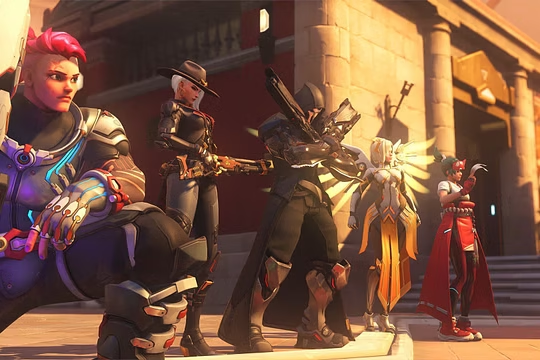Galaga: Pros and Cons of the Classic Arcade Game
Galaga is one of the most iconic arcade games of all time, first released in 1981 by Namco. This fixed-shooter classic, a sequel to Galaxian, captured the hearts of arcade enthusiasts with its straightforward gameplay, strategic elements, and addictive nature. Though it was released over four decades ago, Galaga remains a beloved retro experience that many gamers still enjoy today. In this article, we’ll explore the pros and cons of Galaga, examining why it continues to be popular while also addressing some of its limitations.
Pros of Galaga
- Simple and Addictive Gameplay
One of the biggest strengths of Galaga is its simplicity. The game puts players in control of a spaceship at the bottom of the screen, shooting down waves of alien enemies that appear above. The basic premise is easy to grasp, but the strategic depth lies in how players approach each wave and maneuver to avoid enemy fire. The increasing difficulty and pace of the game keep players engaged, making it an arcade classic that’s easy to pick up but hard to master. - Challenging Difficulty
Galaga is known for its increasing difficulty as players progress through the levels. While the early stages are relatively easy, the game ramps up quickly, with more aggressive enemy patterns, faster ships, and more complex formations. This challenge appeals to competitive players, especially those looking to achieve high scores. The combination of reaction-based gameplay and the need for strategy adds a layer of depth not found in many other arcade titles from the same era. - Innovative Enemy Mechanics
Unlike earlier shooters where enemies merely moved back and forth, Galaga introduced more complex enemy behavior. Some enemy ships attempt to swoop down and capture the player’s ship with a tractor beam, which adds an interesting twist: if the player manages to shoot down the capturing enemy, they can regain control of their ship, doubling their firepower. This feature brought a refreshing dynamic to the shoot-’em-up genre, making Galaga stand out. - Timeless Appeal
Despite being over 40 years old, Galaga has retained its appeal. The pixel art style and retro sound effects are nostalgic for veteran gamers and charming for younger generations. Its straightforward mechanics and fast-paced action make it a game that still offers fun, even in today’s era of high-definition graphics and complex gaming systems.
Cons of Galaga
- Repetitive Gameplay
While Galaga is undeniably fun, the core gameplay loop can become repetitive over extended play sessions. The premise remains largely the same throughout—defeating waves of alien ships. Although the patterns and difficulty increase, there is little in terms of variation in objectives or power-ups (aside from the double-ship mechanic). Some players may find this lack of diversity limiting compared to modern games, which often offer richer experiences and dynamic gameplay. - Limited Longevity
The structure of Galaga means that, for most players, it’s a high-score challenge rather than a game with a set narrative or defined endpoint. This can be a drawback for those who prefer games with more depth, story progression, or defined goals. While the game’s increasing difficulty serves as its own reward, once players have mastered the mechanics and reached higher levels, there may not be much incentive to keep playing beyond achieving a higher score. - Punishing Difficulty Spikes
The increasing difficulty in Galaga is a double-edged sword. While some players appreciate the challenge, others may find certain sections unfairly difficult. The aggressive attack patterns of later waves, combined with limited lives and no save points, can lead to frustration, especially for more casual players. Losing all of your progress in a single session after reaching a particularly tough level can be discouraging. - Dated Graphics and Sound
While Galaga‘s retro style is nostalgic for many, it may not appeal to everyone. The pixelated graphics and simplistic sound effects, while charming in their own right, can feel dated for players used to modern gaming visuals and immersive soundscapes. For newcomers, the lack of visual variety and basic enemy designs may detract from the overall experience.
Conclusion
Galaga is a timeless classic that has earned its place in the pantheon of legendary arcade games. Its simple but challenging gameplay, innovative mechanics, and nostalgic charm make it an enduring favorite. However, the repetitive nature of the game and punishing difficulty may limit its appeal for modern players looking for more variety or a deeper experience.
For retro gaming enthusiasts and those looking to revisit a piece of gaming history, Galaga offers a delightful journey into the golden age of arcades. But for players accustomed to modern gaming innovations, the game might feel somewhat lacking in depth and longevity. Nonetheless, it remains a must-play for fans of the shoot-’em-up genre and a shining example of arcade brilliance.












